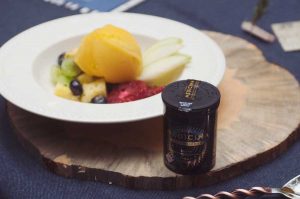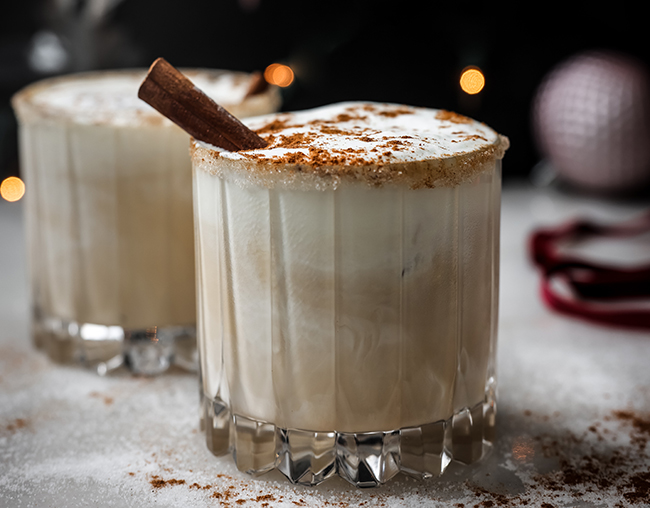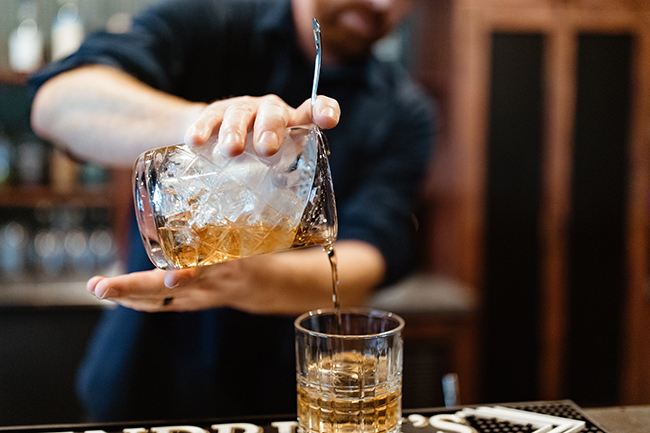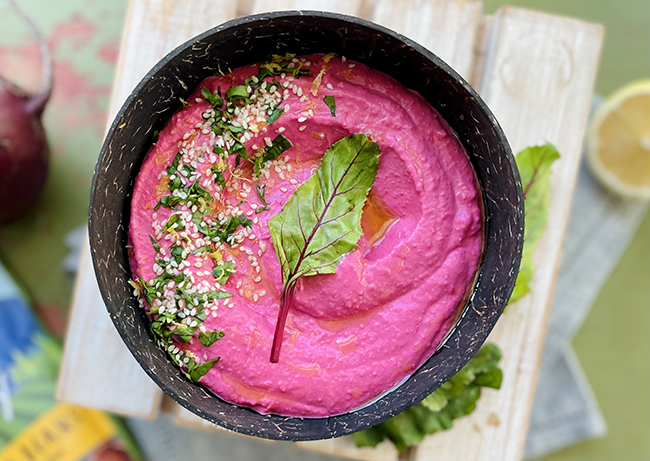Bringing marijuana into the realm of fine dining
25 May 2016
A Pipe at Every Table
By Kate Jonuska White wine is for fish. Red wine is for beef. By remembering those basics, a food lover can squeak by in most of the wine-drinking world. Of course, youʼre not in most of the wine-drinking world, but in an envelope-pushing state where diners may soon understand new maxims for food pairing: Sativa is for fish and indica is for beef.
The ‘Enes’
In Wolfeʼs and other industry professionalsʼ opinions, cannabis can and should be treated the same way wine is in the food world, right down to the words we use to describe its flavors. “There are a few flavors you can pick out that are easily distinguishable for someone without any palate or nose for cannabis,” says Kendal Norris, founder of Mason Jar Event Group, which organizes cannabis-themed dinners and yoga events. “Citrus is one really recognizable flavor for people and is also very accessible to use in dishes.” She says citrus tones are prevalent in sativa strains of pot, which tend to give a more energetic and creative high, as opposed to indicas, which are more relaxing. Thatʼs why sativas are compared to lighter white wines and indicas to heavier reds.
Educating Palates
And overconsumption is not a small issue, with one recommended strain per course, but the point is not to get blitzed. At Wolfeʼs food, wine and cannabis events, the education component is huge. Before they sit down to their paired meal, guests learn to taste the flavors of smoked cannabis from industry experts and growers, who also conduct tastings of chocolates, cheeses and wines to further educate the palate. No one is urged to overconsume—or indeed, to consume at all.
Kate Jonuska is a freelance writer with a passion for food, fiction and storytelling. Follow her online at @kjonuska or www.katejonuska.com.












